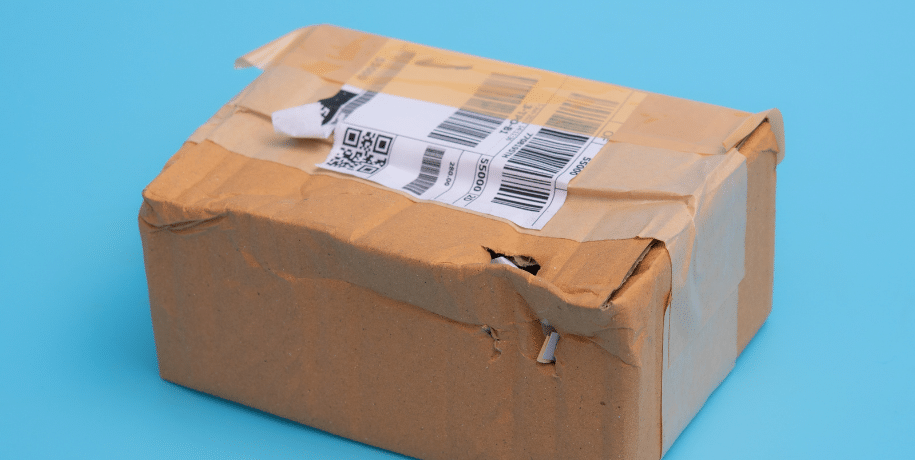
Why FBA Prep Service Pros Are So Valuable
Ecommerce sellers considering using Fulfillment By Amazon (FBA) could consider warehousing and shipping products to Amazon. But the rules for sending products to Amazon are complicated and change often. Fulfillment centers offer a service, called FBA Prep, to ecommerce merchants that makes it easy and cost effective to send products to Amazon.
FBA Prep Service providers are equiped with experience, technology and materials to inspect, package, label, ship and store products so that Amazon will receive them and add them to the Amazon seller’s inventory, making them available for sale.
Here we topline the many, many errors that can sideline a merchant’s products from being available on Amazon. The penalties for these actions can be as simple as a couple hours of time, some hefty fees or at the worst, getting you blocked from selling on Amazon altogether.
Even one of these mistakes will send your products off to the “problem-solving area” where it can sit for 2 hours or 2 days or even longer. If Amazon sellers have multiple errors, you may have to pay your way out of the problem-solving area in the form of fees.
Download The Complete Guide to FBA Prep Service
Download our free Amazon FBA Prep Service Whitepaper to learn more about penalties, fees, risks, and best practices associated with Fulfillment by Amazon.
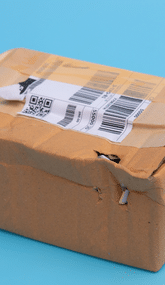
At eFulfillment Service, we have a handy FBA Prep Services Pricing Calculator.
eFulfillment Service is one of the few top fulfillment centers offering FBA Prep Services as a stand alone:
- No ecommerce order minimums to use FBA Prep Services
- Only use eFulfillment Service for FBA Prep Services and storage
- Get a complete Quote for FBA Prep Services
Labeling for FBA Must Be Exact
Don’t strap or tape cartons together, unless you’re sending a whole shrink-wrapped pallet. Amazon requires an easily read shipping label—and only one. Recycling boxes is economical and responsible, but be sure to mark out all the old barcodes with a black Sharpie, remove them or cover them up with permanent stickers or tape. If Amazon has to guess which label is the right one, your box is headed to the problem-solving area.
Put that shipping label in a safe spot. Here’s a list of labeling placement errors, according to Amazon:
- Over the box seam. Using the label to fortify the closure on the box only means that the label info, which is valuable to the Amazon receiving team, will be damaged when they cut it open.
- Over a corner. Scanners have come a long way, but they are not able to bend space. Give them a nice flat shipping label.
- Close to the edge. Amazon suggests 1.25 inches from the box edge if you can. Labels too close to the edge get scuffed and scraped moving through Amazon conveyors. If the machines can’t read the label, it’s going to the problem-solving area.
- Under tape. Don’t cover up your label with tape, it hinders their scanners.
Your Amazon shipment ID label is your passport into Amazon, and just as important as the carrier label (FedEx, UPS, USPS, DHL, etc.). Here are some tips to make sure you don’t get hung up in the problem-solving area:
- Each label is unique to that shipment, even if it’s the exact same thing, don’t recopy old labels.
- Multiple boxes? Make sure the right label is on the right box, especially if you’re mixing products.
- Your label should be 3 1/3 x 4 inches, printed on a thermal or laser printer. Don’t use ink jet printers.
Ecommerce Definition: Unplanned Services At Amazon: At Amazon, the definition of unplanned services includes relabeling to replace missing labels, bubble wrapping to conceal sharp edges or protect fragile items, bagging to contain loose products, or taping for any number of reasons. If Amazon deems it necessary to perform these services, they may charge you fees. And if you repeatedly require unplanned services, Amazon may double the fees to get your attention. Amazon tracks and measures how often Amazon sellers require unplanned services over 120 days, assigning a Performance Coaching Level of Standard (zero fees), Elevated (fees) or Critical (Elevated fees x 2). It takes 21 days of good behavior to move to a lower Performance Coaching Level.
Mind Weight Limits for Boxes Headed to Amazon
Keep your boxes light, or at least under 50 lbs. If your product is more than 50 lbs. by itself, and less than 100 lbs., make sure you mark it “Team Lift.” More than 100 lbs.? Then mark it “Mechanical Lift.” If you don’t learn this lesson, and repeatedly send heavy boxes, you could be blocked from sending any inventory at all. No inventory, no sales.
Use Proper Dunnage—Packing Materials Inside Boxes Must Meet Amazon Specs
When you get a big box of packing peanuts at home, isn’t it a pain? The static cling has them sticking to odd things in weird spots. They fly all over. And peanuts are difficult to clean up. Amazon thinks so too; so no peanuts.
Amazon also doesn’t allow shredded paper, grass or other loose packing materials. To keep out of the problem-solving area, where there’s a special vacuum for that stuff, use air pillows, giant sheets of 60-lb. weight kraft paper or polyethylene foam sheeting.
It’s also okay to bubble wrap individual items inside a box. If those items are fragile, it’s good to affix the bubble wrap with tape to keep the item safe inside the Amazon warehouse. The trick here is to make sure that the item barcode and any expiration date info is visible without removing the bubble wrap.
Some products come with a perforation that allows retailers to set up an easy display. Perforated boxes must have come apart in Amazon’s past, because now they are required to survive a three-foot drop test. The box can’t pop open when it’s dropped on any of six sides or on its corner (just how many times are they dropping things?). You might want to wrap those boxes in plastic to avoid the issue.
Amazon Barcodes—FNSKUs—Must Also Be Exact: Every item inside the box needs a barcode, and only one. And those barcodes need to be unique to the size and color of that one item in the Amazon platform. When the staff scans the barcode, they will check to make sure the title in the computer matches the product they are scanning. Guessing games send your products to problem-solving area.
Professional FBA Prep Service providers can barcode all your items with Amazon’s FNSKU. If your products arrive without FNSKUs, not only will they go to the problem-solving area, but Amazon will charge $0.20 per label to do that for you.
If you’re sending an entire case of things, and want to sell those items individually, the outside of that box shouldn’t have a barcode. If it does, Amazon may ship an entire case to your unsuspecting customer that only wanted one, for the price of only one. If you’re selling a set of something, they need to be packaged together with any of these stickers:
- This is a Set: Ready to Ship
- Sell as a Set
Polybagging for Success Inside Amazon’s Warehouse
Amazon Sellers need individual products to be packaged to weather the warehouse. Nothing should be loose. If your product doesn’t come in a box or bag, then you’re going to want a polybag around it to keep the dust off and keep it all together. Liquids need to be polybagged. And make sure you bag smelly stuff—that keeps your perfume from seeping into products in the next bin.
All bags should be snug around the product, sealed or taped within three inches of the product’s edges and allowing all the barcodes to be easily found, read and scanned.
Any polybag more than 5 inches wide needs a suffocation warning in large type. The bigger the bag, the bigger the type and nothing smaller than 10 pts.
There are many more Amazon FBA Prep requirements for pallets, hazardous products, and batteries. But these rules cover most products that ecommerce merchants are fulfilling themselves. If you want to wade through the rules and regulations, there are several pages covering these topics in Amazon’s Seller Central Help section.
Ecommerce Definition: FBA Prep Service: FBA Prep Service is defined as a service provided by the best fulfillment centers, to help ecommerce merchants work with Amazon, by replenishing the inventory at Amazon. Professional fulfillment centers prep shipments to Amazon meeting Amazon’s complicated rules. A 3PL (third party logistics) provider stores inventory and prepares shipments to restock inventory held by Amazon.
The best fulfillment companies, like eFulfillment Service, provide Amazon just enough inventory to meet 90 days of sales on Amazon’s platform, holding the balance of inventory in a fulfillment warehouse, centrally located to be accessible to Amazon’s full network. In addition to Amazon, your ecommerce order fulfillment partner will also work with other platforms including Walmart, eBay, Etsy and your own website to facilitate consumer order delivery regardless of where the online order occurs.

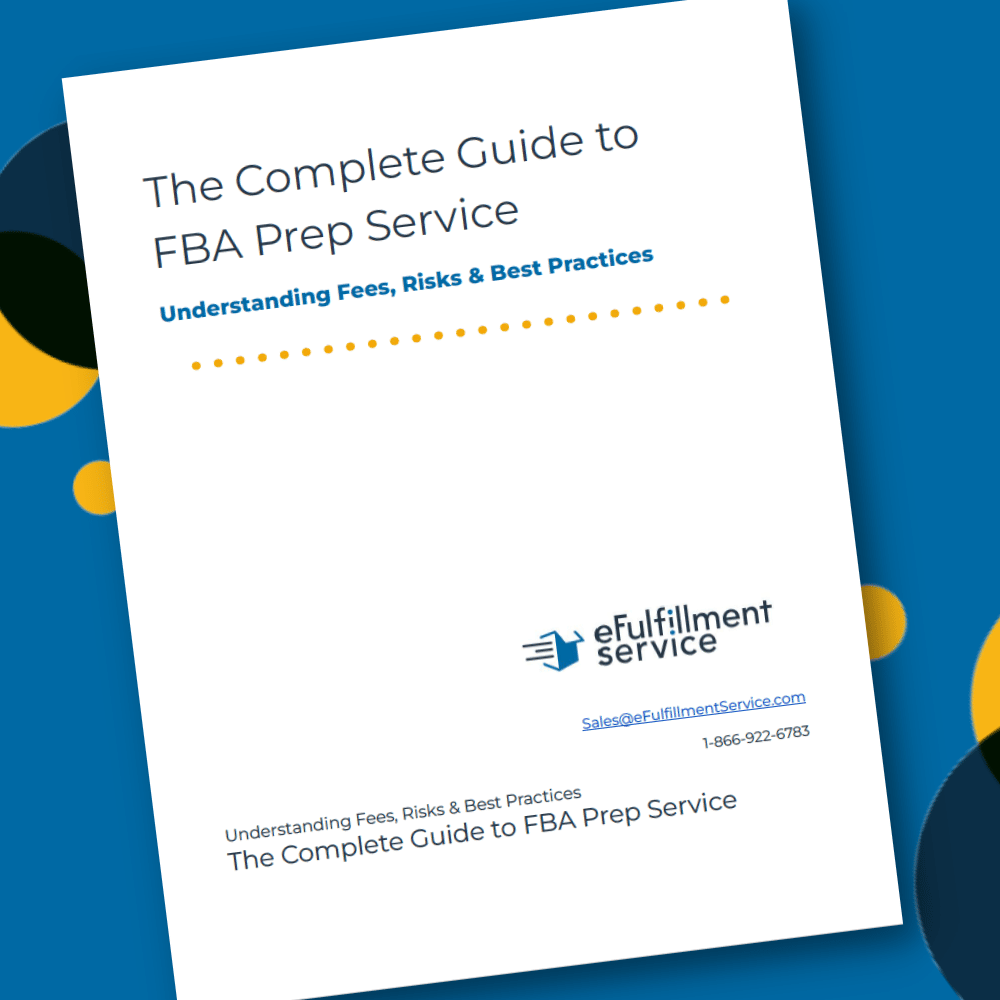

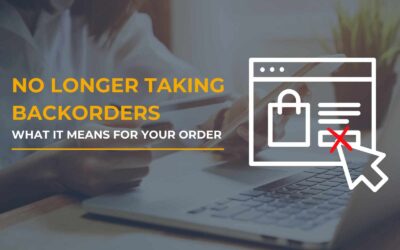
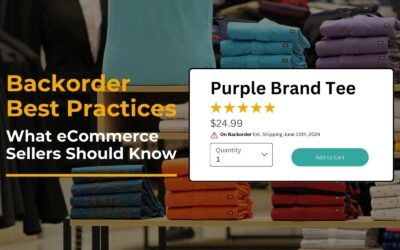
No comment
HI if I send you a few products & I sold them via my youtube channel via my website can’ t you just ship the product directly to my customer? why do I need amazon? I know how large they are I shop there all the time I have prime etc. I am also an amazon affiliate. I just don’t want to sell thru them just yet thanks Nancy
Nancy, you are exactly right! We have clients that only sell direct. We have others that do both, through Amazon’s website and using Fulfillment By Amazon, and also selling off their own website and fulfilling those direct orders with eFulfillment Service’s help. I hope you’ll fill out the form and get a quote, so we can keep talking about how to fulfill your orders and support your business growth.